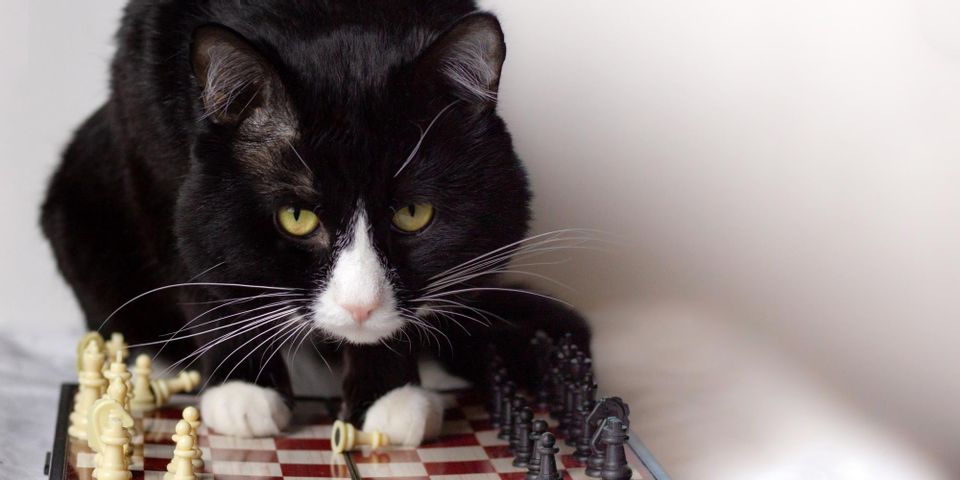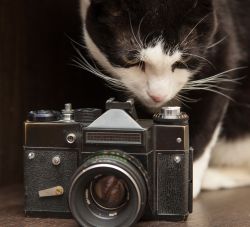
Understanding your pet’s behavior helps you provide more effective animal care and also helps you protect your home and belongings. One common cat behavior that can cause problems for owners is the habit of knocking household items off tables and shelves. This can create messes at best and lead to broken items and injured pets at worst. Here’s what you need to know about this cat behavior.
Why Cats Knock Things Over
This habit can start innocently. Cats enjoy being on higher ground, including tables, counters, shelves, or mantels. While climbing, they may accidentally bump into the items you’ve stored in these areas. They may also sniff or bat items with a paw out of curiosity to see what the objects will do. This results in the decorative pieces falling and becoming fast-moving targets that make noise as they hit the floor.
Cats are instinctually attracted to movement and sound. This allows them to view objects as a toy or prey, and the fun of chasing the falling or bouncing object reinforces the behavior of knocking things over. The sound of items falling or breaking can also attract people, meaning a cat gets instant attention from its owner, further reinforcing this bad behavior. Your cat will likely start to knock things over on purpose to get a reaction or to have something to play with or chase.
How to Stop the Behavior
 The most obvious animal care step you can take is to avoid putting important objects where your cat can reach them. Store these items inside a cupboard or closet, or remove lower furniture pieces or shelves that allow your kitty to climb to higher levels. Continue to deter them from climbing on surfaces by placing double-stick tape on shelf or table edges as cats dislike the sticky texture on their paws.
The most obvious animal care step you can take is to avoid putting important objects where your cat can reach them. Store these items inside a cupboard or closet, or remove lower furniture pieces or shelves that allow your kitty to climb to higher levels. Continue to deter them from climbing on surfaces by placing double-stick tape on shelf or table edges as cats dislike the sticky texture on their paws.
When a cat is looking to climb something, redirect their attention by calling them over to you. Giving them an appropriate toy is also an effective way to redirect their behavior.
Use positive reinforcement methods, such as clicker training, to teach them to stay off the counter. Clicker training uses a specific noise to let your pet know when they’ve exhibited a behavior you approve of and uses a treat to reinforce the behavior. Throughout this process, make sure your cat has other toys and activities to keep them entertained so they’re less likely to be destructive out of boredom.
For more animal care tips from a skilled veterinarian, turn to O’Fallon Veterinary Medical Center in St. Charles County, MO. Founded in 2009, they have served thousands of animals, providing compassionate pet health care, including regular checkups, surgical services, pet dental care, and boarding. To make an appointment with Dr. Farthing, Dr. Lindsay, or Dr. Bowen, call (636) 272-3100. Learn more about their animal care practices online.
About the Business
Have a question? Ask the experts!
Send your question

